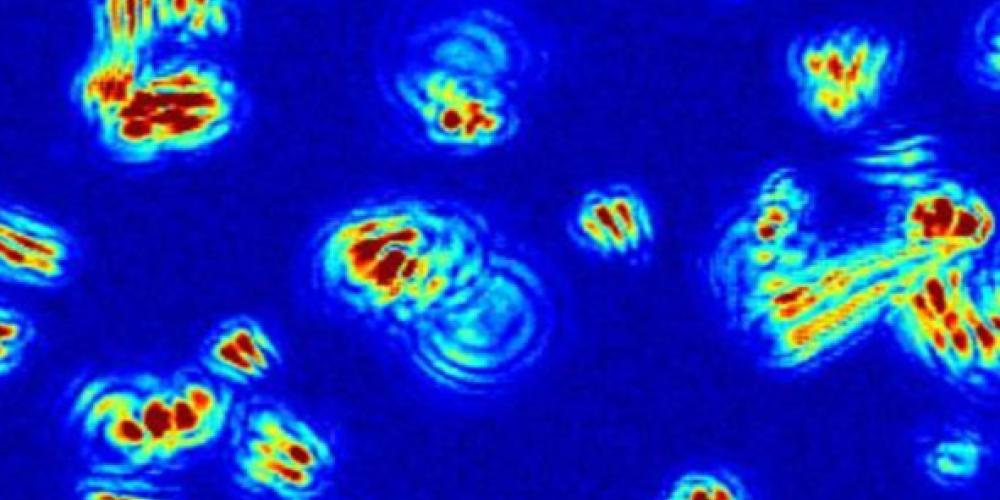
Researchers from the Vrije Universiteit Brussel and the EPFL in Lausanne, Switzerland, have developed a highly efficient method for rapid testing the sensitivity of bacteria to antibiotics. The technique, optical nanomotion detection (ONMD), is extremely fast, precise to a single cell and requires only a traditional microscope equipped with a camera or a mobile phone. “Our technique is not only faster but also simpler and much cheaper than all other existing techniques,” says VUB professor Ronnie Willaert.
The ONMD technique monitors microscopic vibrations of bacterial cells, which are characteristic of living organisms. These vibrations are considered a “signature of life”, as they last as long as the organism is alive but stop immediately once it dies. ONMD allows scientists to capture bacterial vibrations on film, with individual cell displacements monitored. “With this technique, we can get a result within two to four hours – instead of the current 24 hours for the most common pathogens and a month for tuberculosis,” says Dr Sandor Kasas of EPFL.
Antibiotic susceptibility testing (AST) traditionally uses one of two methods: culture methods that expose bacteria to antibiotics, or genetic methods to determine whether bacteria have genes that confer resistance. Typical ASTs take 24 hours or even longer for slow-growing bacteria – a timeframe that can mean life or death in a clinical setting. “Meanwhile, faster ASTs have been developed but they are still often complex and expensive,” says Willaert. “Our technique allows us to test the effect of antibiotics on bacteria with a simple microscope and camera. Even a mobile phone can be used as a camera, as the quality of a smartphone’s camera is more than enough to record the necessary videos.”
He adds: “Our new method will come in handy to prevent another microbial pandemic.” Antibiotic resistance occurs when bacteria develop the ability to defeat the drugs intended to kill them. Resistance of bacteria to antibiotics is a global problem. In the EU, there are 700,000 cases of infections every year where antibiotics do not work. In 2019, the phenomenon was responsible for at least 1.27 million deaths worldwide. The new technique can be applied to a wide range of bacteria, such as Escherichia coli and the bacteria that cause tuberculosis, which has important implications for clinical and research applications. “It’s a game-changer for anyone who ever comes into contact with pathogenic bacteria,” says Willaert. “So, all of us.”
The study was published in the journal PNAS.